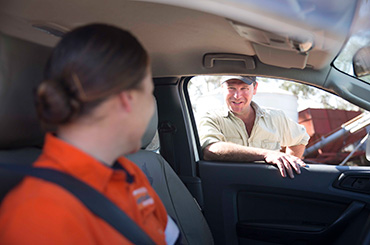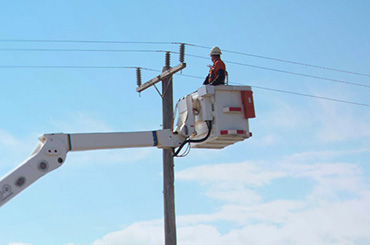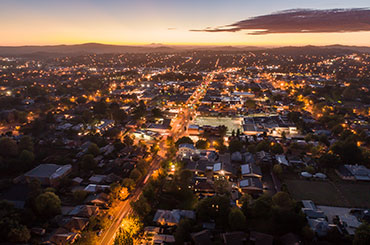Welcome to our third instalment of Essential News for 2021. This year continues to provide opportunities to demonstrate our resilience and adaptability as we manage the challenges of continuing to provide safe, affordable, and reliable energy to our network through the COVID-19 pandemic. There is also a confluence of technological, political, and environmental considerations having a profound impact on the energy landscape, including shifting the balance between renewable and carbon fuelled energy at the local and international level.
The Delta COVID-19 strain is continuing its spread across the state, with a severe outbreak impacting indigenous communities in Western NSW causing significant concern. With many locales of NSW currently under stay-at-home orders, the importance of an effective operational response targeting community and employee safety is more important than ever. Our operating protocols and ongoing risk assessment to determine what works can proceed and what needs to be postponed, is vital to protect our ability to deliver safe and reliable power.
We are encouraging all employees to get vaccinated while working with government to ensure the availability of vaccines, particularly in remote communities. It is now abundantly clear that higher vaccine rates, similar to other OECD countries, is the only certain path to fully reopening borders and the economy. As a business, we’ve also taken the time to educate our employees by providing direct access to our Chief Medical Officer through well attended webinars. Anecdotally, this information has supported employees seeking to determine fact from fiction and led to increased confidence in deciding whether to vaccinate.
In the midst of the ever-changing pandemic, Australia’s transition to a decarbonised, digitised, and decentralised future continues apace.
In July, the AEMO’s new CEO spoke to this ‘kaleidoscope of technical, economic, political and societal challenges’ in his keynote address to the Committee for Economic Development of Australia (CEDA).
Daniel Westerman’s speech ‘A view from the Control Room’, outlined the leading position Australia occupies in the global energy transition; the strength in diversity of the integrated energy network and predicted a materially higher proportion of low-cost sustainable energy in the future generation mix.
I was disappointed, although somewhat unsurprised, that media commentary focused on and completely misinterpreted his stated goal of engineering grids that will be capable of managing 100% renewable energy at any point in time by 2025. Several outlets reported that his call was for Australia to be powered 100% by renewables by 2025. The important distinction is of course between having the ability to integrate zero marginal cost renewables in a way that maintains system security and reliability rather than ideological arguments over the source of energy.
Rather than seeing this as a call to arms for governments, regulators, energy participants, renewable organisations and households to join forces and work together to achieve a stable grid; these commentators instead chose to play this as a fossil fuel versus renewables battle, and instil fear about energy security, affordability and reliability.
The key challenge is to create a stable, integrated grid that combines dispatchable energy and can manage the fluctuating generation pattern as renewable penetration increases.
As we continue on the path to a decarbonised, decentralised, and digitalised energy network, I trust that we can all do our bit to work collaboratively and make that pathway smooth and accessible to all.
In this edition
Casting a wide NetVis
Knock before disconnect
Digitising risk assessment
Breaking the duck curve
NAIDOC Week - a personal reflection
Remembering Corky




